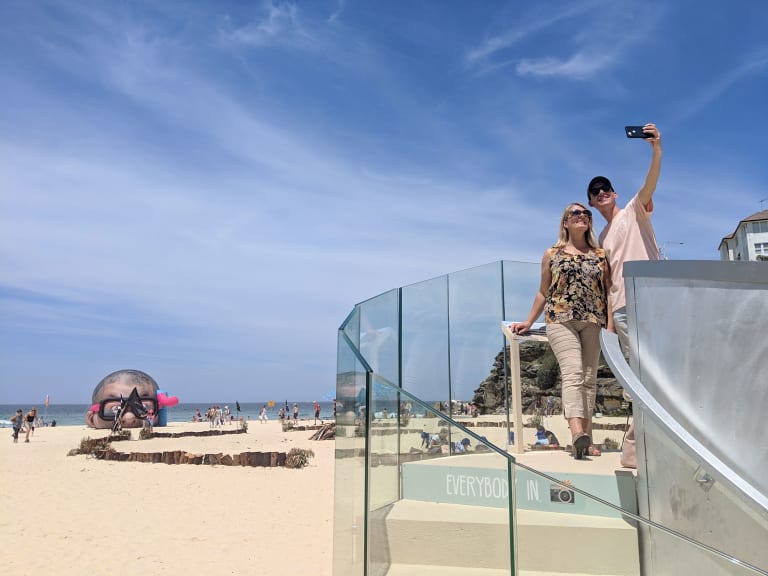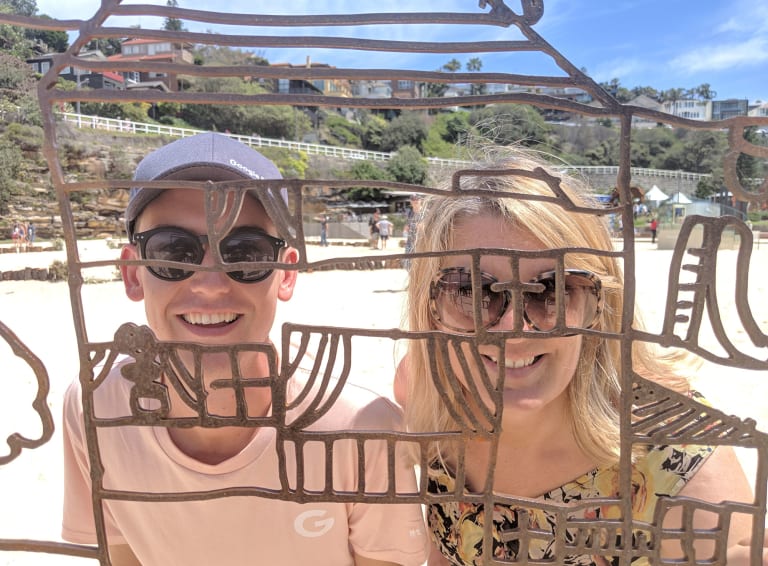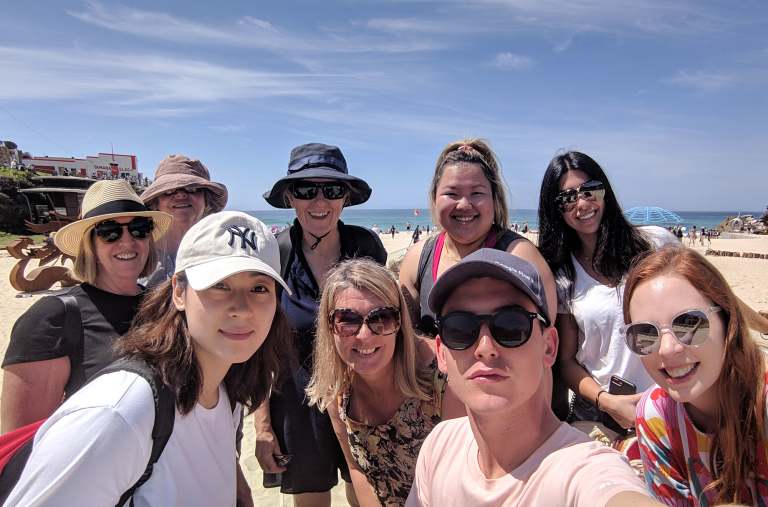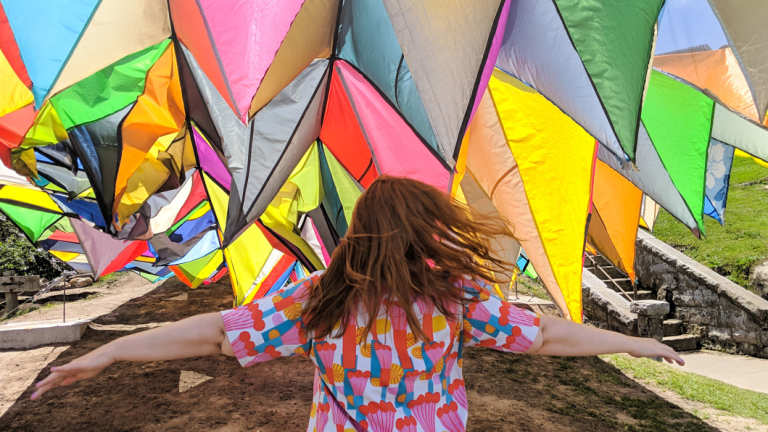
When photographing people, she recommends paying particular attention to the way the light casts shadows and glare onto their faces. Gentle, consistent light is best for avoiding those unflattering dark and light patches that can alter the way features appear.
“It’s better to have the sun behind you,” she says. “You don’t want to be squinting into the sun or have harsh shadows under your eyes from the sun being directly overhead. If you are caught out in midday sun, try and look for some shade to stand in.
“If the sun’s low enough, you can position your head so light streams through your hair from behind. The softer light in early mornings and late afternoons is the best; this is called the golden hour.”
And if you're using the new Pixel 3, the Night Sight feature enables bright, detailed, colourful shots in dark surroundings, without a flash – perfect for those atmospheric evenings and sultry bars.
Ace your angles

The most flattering angle is from slightly above you, and with a slightly turned head. Credit:Janie Barrett
Lighter and smaller than professional equipment, phone cameras are easier to manoeuvre into the best angles for capturing awesome selfies.
Barrett says: “The most flattering angle is from slightly above you, and with a slightly turned head. Shoulders turned are better than straight on to camera, as they create a more pleasing silhouette. Try and make the angle of your body interesting, rather than just straight up and down. Don’t crop yourself at joints, such as hands, elbows and shoulders, but somewhere in between.”
Those perfect selfie angles are easier to achieve with the Pixel 3’s Group Selfie feature, which gives you 184 per cent more room in your photo*. There’s no need for a selfie stick to fit everyone in the frame - all with their best sides on show.
Consider your composition

Think about framing yourself with something in the environment. Credit:Janie Barrett
Composition is the difference between a standout frame and a blah photo, says Barrett. “Pay attention to the background of your photo,” she advises. “You don’t want to have a pole or a plant sticking out of your head. If you’re including a large of amount of background, use the ‘rule of thirds’ to ensure your image is balanced: if you divide the frame into thirds vertically and horizontally, it’s more visually pleasing if the subject falls on one of these third lines.
“For a portrait that’s filling the frame, try and have your eyes on the top third line. For background, don’t have the horizon fall exactly in the middle of the frame but place it on one of the third lines. Place yourself on a third line (or exactly in the middle), for the most pleasing composition. Think about framing yourself with something in the environment: built objects, doorways, trees and plants – or an amazing sculpture!”
Ditch the pout

Don’t follow everyone else’s style of expression - find what looks good for you.
We’ve all seen the “duckface” pout ubiquitous to those celebrity selfies – but the best expression for a great selfie is your own, Barrett says. “Natural expressions are definitely the best, in my opinion. Try and laugh and smile naturally. Take lots of selfies, and study your expressions so you can work out what looks good for your face.
“The pout look is overdone and unoriginal. Don’t follow everyone else’s style of expression - find what looks good for you, and use an expression that reflects the mood and scene in each photo you take.”
Address your audience

I'm flying! Be sure to interact with your environment. Credit:Janie Barrett
Ask yourself who your photo’s meant for and why you’re taking it. “What are you trying to emphasise?” Barrett says. “If it’s the location, make sure you include enough of it in the photo. Interact with your environment. Use elements around you for composition and framing. Sculpture by the Sea is a perfect place to practice capturing yourself with extraordinary backgrounds, but you can use any situation and location to create a strong sense of place.”
*The Pixel 3 Group Selfie camera captures up to 184 per cent more area of the scene than iPhone XS based on EXIF data from each camera. iPhone is a trademark of Apple Inc. registered in the US and other countries. Results may vary.
Other camera features include Top Shot which automatically recommends the best pictures where no one is blinking and everything looks right. Another is Super Res Zoom which keeps pictures sharp when you zoom in.









 Add Category
Add Category